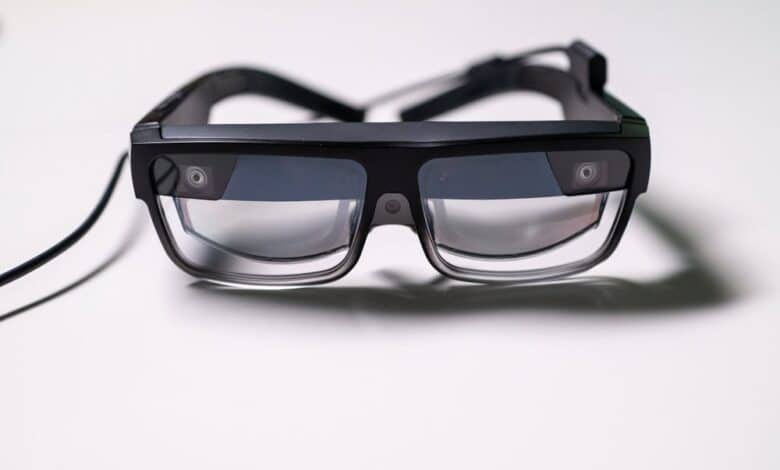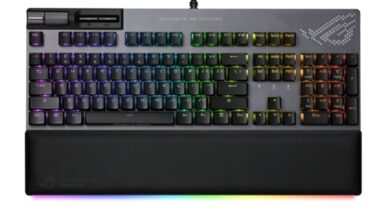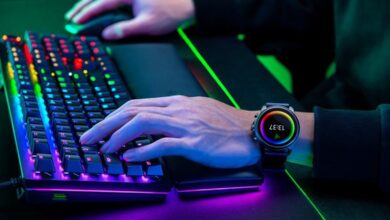
With the ThinkReality A3, Lenovo presents AR glasses that are supposed to increase the efficiency of office work. However, the device, which is not yet ready for the market, relies on the help of a computer or smartphone for this.
Five virtual monitors
The AR glasses are said to be able to expand a single-monitor setup with up to five virtual monitors. These virtual screens are generated by the glasses and should be able to be operated like conventional monitors, according to Lenovo. This should be able to significantly increase efficiency in the office, as parallel work with multiple documents or content becomes possible – without having to purchase multiple monitors.
Support from PC or smartphone required
.
However, the glasses are not capable of doing this on their own. Instead, it relies on the computing power of a Windows computer or a Motorola smartphone with Snapdragon 800 series. Lenovo does not plan an operation independent of such additional hardware, like the Hololens from Microsoft. However, the Lenovo glasses should be able to implement 3D visualizations and remote maintenance tasks.
Functionality unclear
However, it is not clear how exactly the device is supposed to work, which tasks can be performed specifically and where exactly the advantages of using the glasses lie. Lenovo has held back with further details so far, so no precise information can be given here. Only room-filling tracking with dual-fisheye cameras is mentioned. However, the design of the glasses, which can be seen in various pictures published by Lenovo, is already known: It looks quite clunky and reminds of one of the early 3D glasses.
Technical features: Snapdragon as basis
The basis of the device is Qualcomm’s XR-1 system, which works with a modified Snapdragon 820 or 821. In addition, there is an eight-megapixel camera, a speaker, a microphone and tracking cameras with ultra-wide-angle lenses. The glasses are supposed to be launched in the middle of this year.



